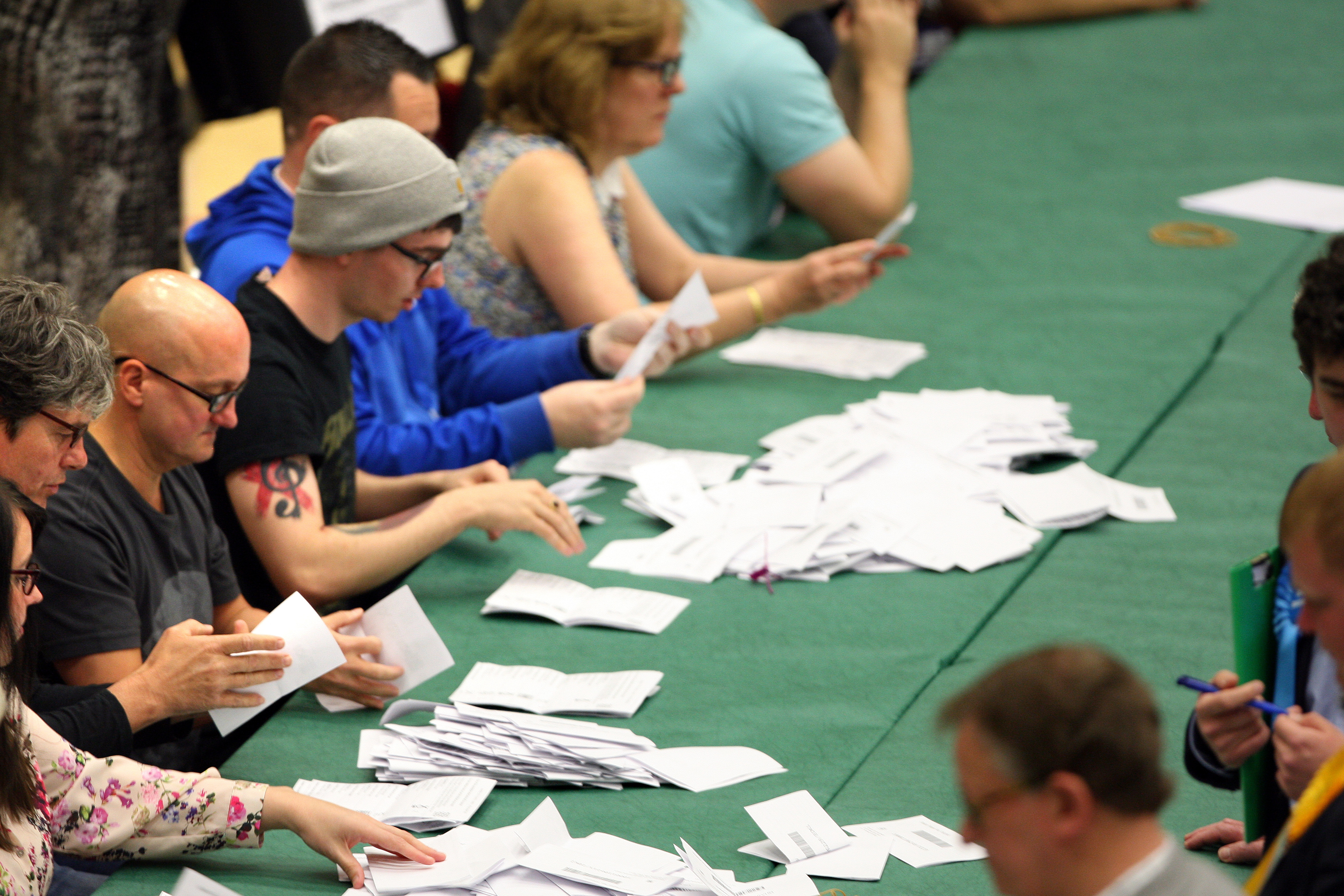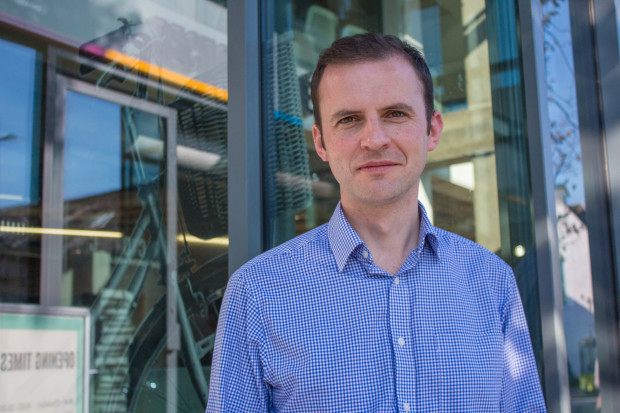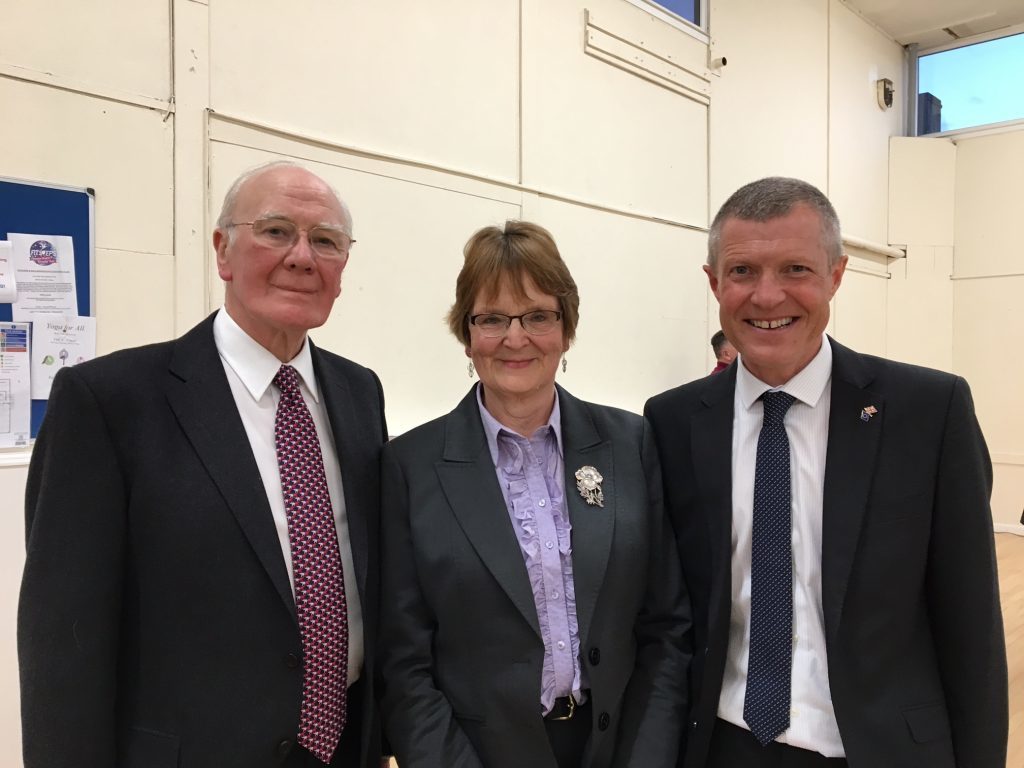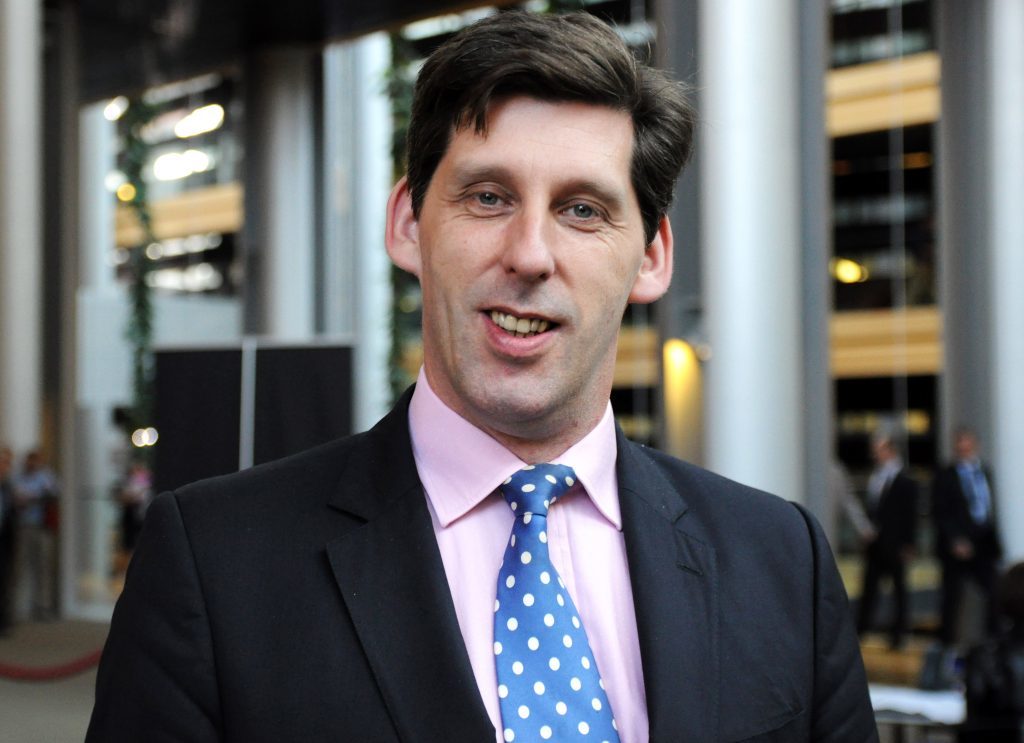While newly elected councillors celebrated, and those candidates who missed out on public office licked their wounds, big brains within political parties collected the data from Thursday’s contest, headed for back rooms and started number crunching.
Comparing local elections to national votes are more about who has the momentum, rather than being directly comparable in terms of who picked up the most votes, but it is clear that, in North East Fife and Perth and North Perthshire in particular, the challengers think “the big Mo” is in their favour.
Both of these constituencies have a number of things in common.
They voted staunchly No in the 2014 independence referendum, they mix rural and urban concerns, and a pro-Union party out polled the SNP last week.
As such, the likelihood of whether or not the two incumbent Nationalist politicians will be re-elected will heavily depend on two factors: turnout and tactical voting.
Liberal Democrat strategists, simultaneously seething about losing North East Fife in 2015 and jubilant about reclaiming it at Holyrood level last year after an enthusiastic campaign by Scottish leader Willie Rennie, are buoyant about their chances next month.
The party picked up 38% of the first preference votes across the five full council wards within in the constituency, compared to the SNP’s 25%.
This broadly reflects data picked up by activists and analysed at the Liberal’s Edinburgh headquarters on Clifton Terrace, near Haymarket train station, who confidently predict they could land a “comfortable” victory.
Strategists believe they can convince traditionally Conservative voters to back the Lib Dems as a way of defeating Stephen Gethins, the SNP’s Europe spokesman, using Rennie’s Scottish Parliament victory as proof the party is also the main Unionist challenger for the Commons seat.
“We are going to be playing the ultra-local constituency MSP (Rennie) line,” says one party source, who stressed candidate Elizabeth Riches’ credentials in the East Neuk in particular.
A hard-fought Tory campaign certainly split the pro-UK vote two years ago, when Gethins returned a 4,344 majority.
Will the same thing happen again?
New East Neuk and Landward Conservative councillor Linda Holt, whose election reduced the number of Lib Dems in Riches’ old ward from two to one seems confident, tweeting: “Tories up enough to take Stephen Gethins? In with a fighting chance.”
Others further up the ladder are less combative.
A senior figure said: “It is not going to be a priority for us. Willie Rennie’s win makes it very hard to counter the argument that Tories should vote Lib Dem to beat the SNP.”
That won’t stop the Nationalists shaping the contest up as them versus the Tories, however.
An internal briefing, seen by The Courier, suggests the Lib Dems “are being remarkably over-confident about their chances” and cautions against writing off the Conservatives.
As such, expect leaflets framing the Fife fight as the SNP against the Tories, mirroring the national battle-lines, to drop locally.
Nationalist campaigners are also confident that a higher turnout favours them, pointing out that just 53% voted in the council elections.
Turnout was 73% in 2015, but was around 10 points lower in the previous two elections, which means SNP voters’ motivation to make it to the polling station, particularly from town like Leven, could be key.
Head along the River Tay to Perthshire another Unionist vote squeeze is underway, but this time it is the Tories turning the screws on their former UK Government coalition partners.
SNP and Tory figures estimate the Conservatives won the popular vote in the constituency, where Pete Wishart currently holds a majority of 9,641, by somewhere between 1,500 and 2,000 votes last week.
Nationalists say the Tories fought the council campaign “like a general election” and are optimistic that a higher turnout and incumbency will tip the balance in their favour next month.
Around 54% of the electorate in the nine wards that make up the constituency voted last Thursday, compared to the 75% two years ago and 65% in the two elections previous to 2015.
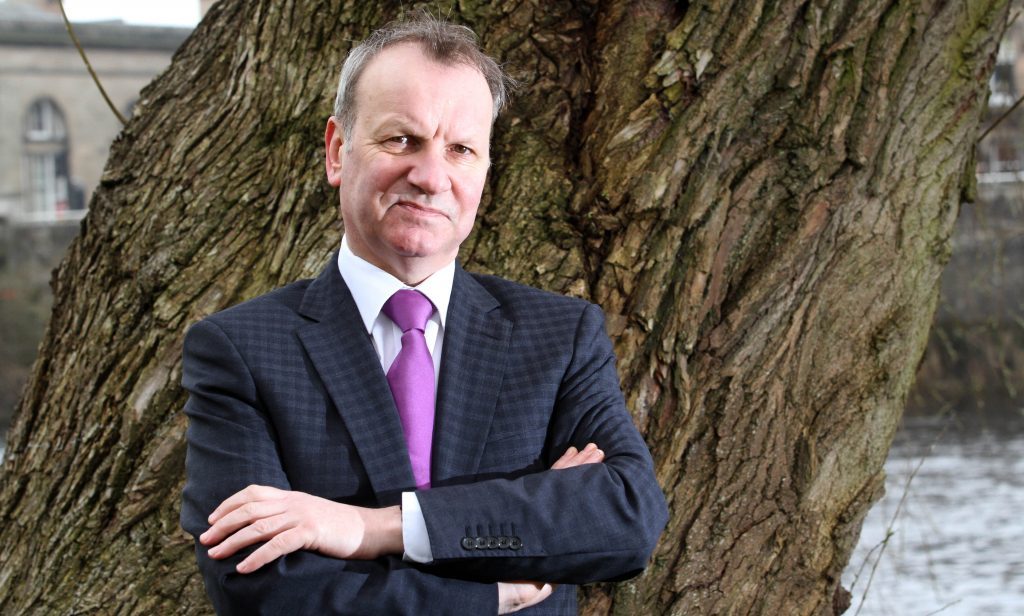
Pete Wishart.
Given the SNP’s biggest success stories for the council was in Perth itself, where turnout was also lowest, it seems voter motivation will be key to Wishart’s hopes of being returned to Westminster for a fourth time.
Standing against him is Ian Duncan, the Alyth-born Conservative MEP, who is bidding to quit Brussels earlier than the notice period placed on his current job by the UK’s exit from the EU.
His team reckon it is now neck-and-neck in the race for the seat and will be “working very hard on the Labour and Lib Dem vote” to make the “persuasive” argument that, following the local election results, they are the only credible challengers in the seat.
The tactics adopted in North East Fife and Perth and North Perthshire are likely to be adopted across Scotland.
Two questions are key.
Is there a real appetite for tactical voting? And who wants it more?
